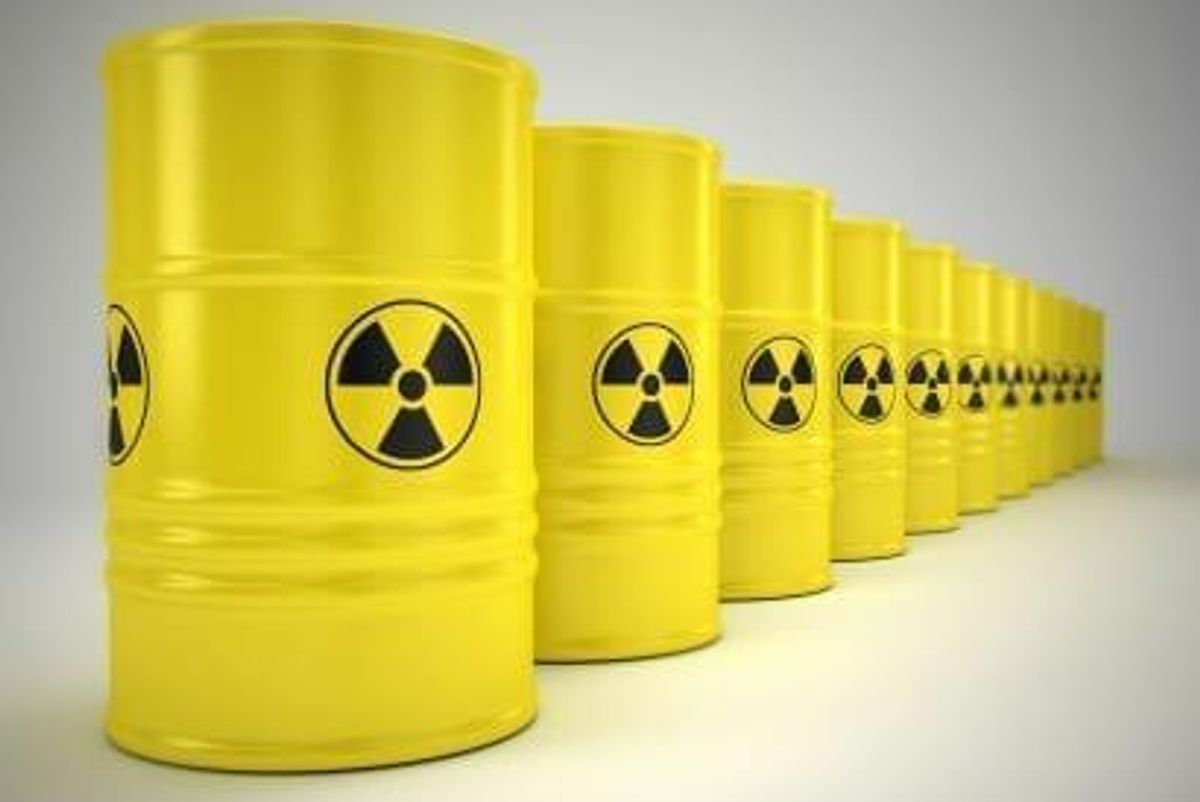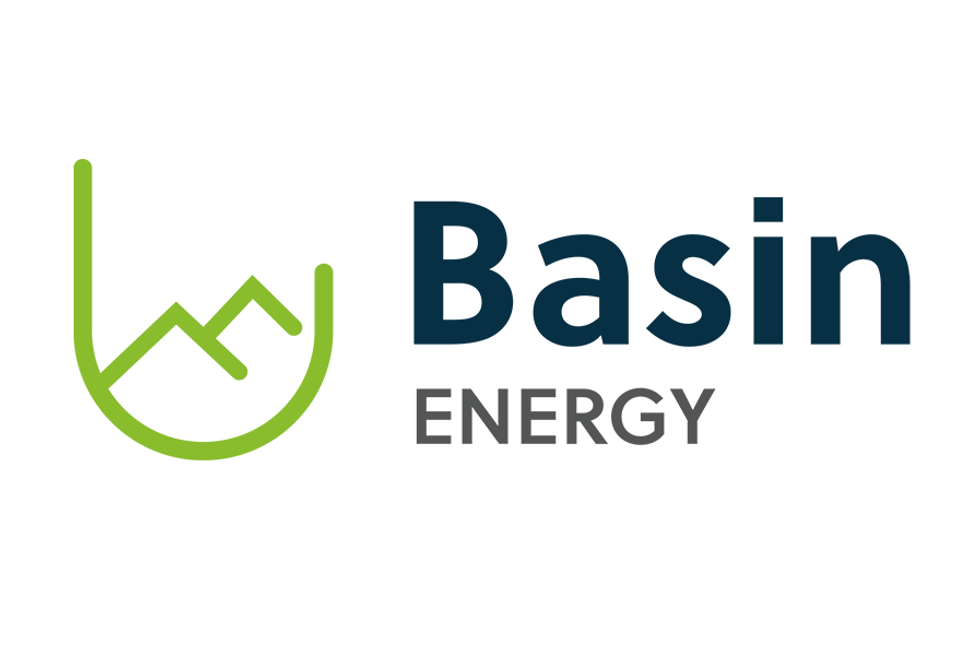
Currently the uranium price is just under $20 per pound for the first time in 12 years. Prior to the Fukushima disaster, the uranium price sat comfortably around $73 per pound. While it’s made slight increases, the price has been unable to fully recover.
Go here for our latest on the uranium price.
The uranium price isn’t faring very well as the end of 2016 nears. In fact, some who are bullish in the sector are saying it could be years before the industry recovers from the Fukushima disaster–as if it hasn’t taken long enough already–which was over five years ago.
Currently the uranium price is just under $20 per pound for the first time in 12 years. Prior to the Fukushima disaster, the uranium price sat comfortably around $73 per pound. While it’s made slight increases, the price has been unable to fully recover.
Of course, the closure of over 40 nuclear reactors in Japan after the disaster has impacted the supply, and, in turn, the price; only two reactors in the country have come back online since the 2011 disaster. That being said, data from the World Nuclear Association (WNA) notes 440 reactors are in operation in over 30 countries with 60 more under construction.
It goes without saying that the addition of more nuclear reactors will be beneficial for the uranium industry overall. But, as it’s been said many times before, Rome wasn’t built in a day. When Mercenary Geologist Mickey Fulp spoke with the Investing News Network (INN), he said the addition of new reactors will benefit the sector–in the future.
As of right now, Fulp continued, there isn’t enough uranium being produced to match the demand for the mid and long term.
“There is a current oversupply largely driven by the fact that Fukushima took 50 plus reactors out of commission and Japan,” he said in the interview. “That has really destroyed the short term demand of uranium,” adding that the spot price and contract price have been reflected by that.
Similar comments were made by John Borshoff, former head of Paladin Energy (TSX:PDN,ASX:PDN). In an interview with Reuters, he said any attempts for new supplies or mines post-Fukushima were “not sympathetic to reality.”
“There’s a window of nine to 24 months before signs of a turnaround can emerge,” Borshoff told the publication.
On that note, the start-up of Japan’s nuclear reactors hasn’t been as quick as expected, and the industry is heading towards its second annual drop. Alexander Molyneux, who is now the CEO of Paladin Energy, told Bloomberg the uranium price could very well stay below $30 per pound until 2019.
“It’s going to be low until the nuclear fuel buyers decide that it’s no longer safe to continue running down stockpiles, but it’s impossible to know when that decision will be made,” he said.
While the uranium price has fallen to record lows, analysts polled over at FocusEconomics expect the price to gradually increase as uranium recovers: prices are projected to average $30.90 per pound in the fourth quarter of 2016, picking up to $37.60 per pound in the fourth quarter of 2017.
Don’t forget to follow us @INN_Resource for real-time news updates.
Securities Disclosure: I, Jocelyn Aspa, hold no direct investment interest in any company mentioned in this article.





